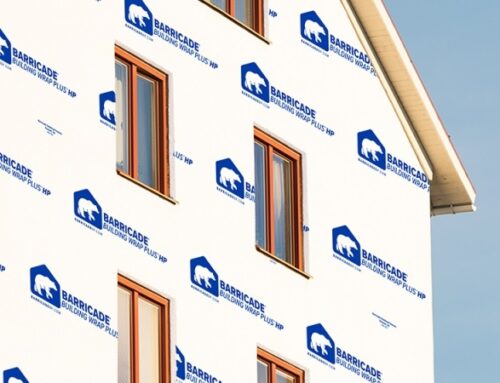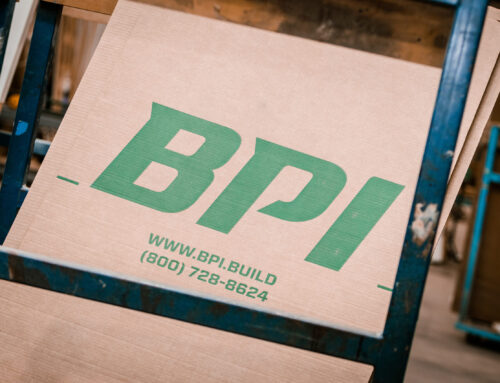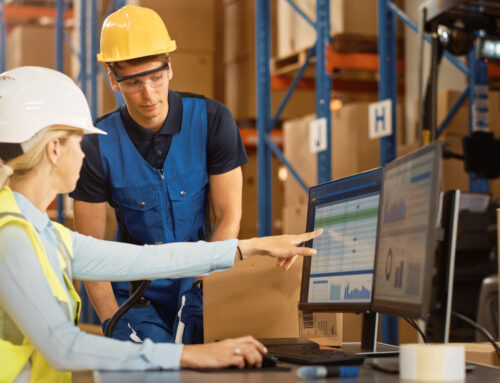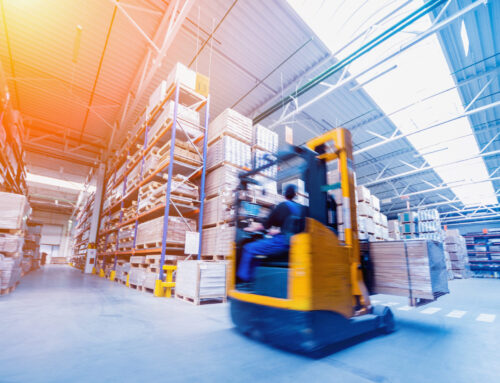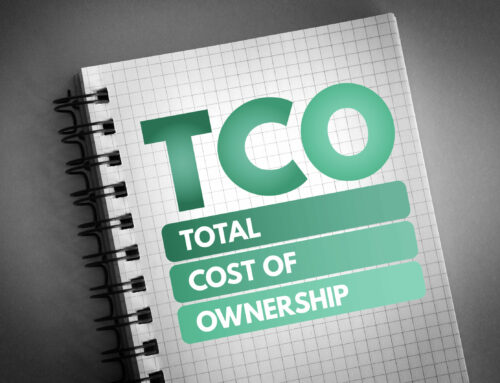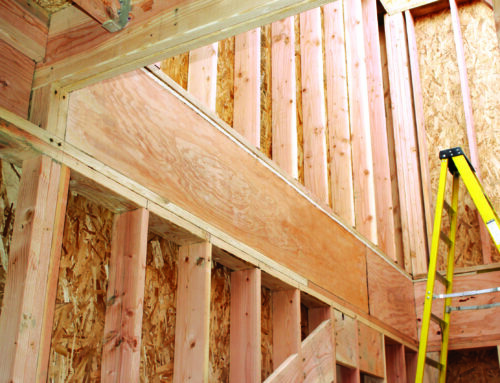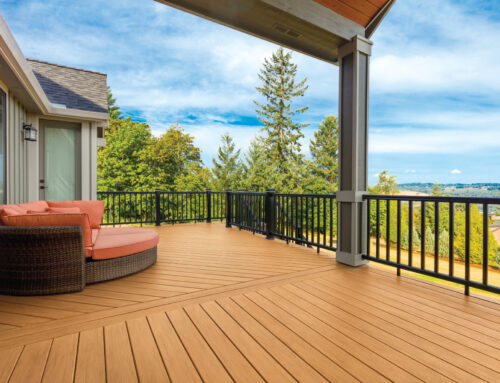What are Engineered Wood Products?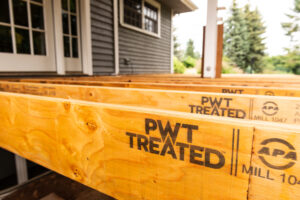
Some people may see the word “engineered” and think that these products are artificial or “fake.” Rather, engineered wood products are composites of various real wood veneers, fibers, and particles. Structural composite lumber (SCL) is created by using moisture-resistant adhesives to layer dried and graded wood into billets.
There’s a wide variety of engineered wood products that can be used for everything from joists to roof trusses. Laminated veneer lumber (LVL) is a popular type of SCL made with scarfed or lapped jointed veneers, which means it’s available in much longer lengths than traditional lumber, which is limited by tree size. LVL is ideal for headers, beams, hip and valley rafters, scaffold planking, and more.
I-joists are I-shaped structural members that are strong and lightweight enough to stand up to just about any performance standard. Bend-resistant top and bottom flanges, made of LVL or solid sawn lumber, are joined together with webs, made of plywood or oriented strand board (OSB), an engineered wood panel.
Read our Insulation Guide to learn more about the recommended R-Values for your location.
Benefits of Building with LVL
With LVL, it’s about what you don’t see. As is the case with many engineered wood products, laminated veneer wood is quite strong. This makes it a great option for floor framing, and thanks to its light weight, you can use LVL to assemble large beams with a small crew. Its strength comes from its low variability and randomized wood properties, which allow the multiple thin-veneer layers to bear a high load.
Dimensional lumber may still be cheaper at the initial purchase, but LVL doesn’t have the quality issues affected by the drying and sawing process that you often see with dimensional lumber, which can push costs much higher when it comes time to correct them after installation. Dimensional lumber also has limited depths and lengths due to its dependence on timber size, while LVL can be composited into very long lengths. And you don’t have to get new equipment to cut LVL—normal woodworking tools will do the job just fine.
BPI offers Pacific WoodTech-treated LVL, which is non-corrosive and has several coating options, including exterior grade, Z-max, HDG, and stainless steel. It’s stainable, paintable, and contains no added volatile organic compounds, making it a safe choice. Overall, LVLs are less wasteful and have less warping over time, making it a great choice for builders who want to make affordable net-zero homes.
Benefits of Building with I-joists
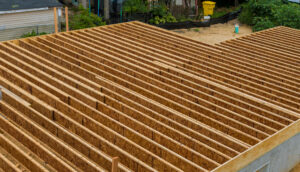 First of all, I-joists are easy to find, so you won’t have to worry about whether you’ll be able to source them for your next job. And once you’ve purchased your I-joists, they’re easy to install, particularly if you need them for long spans or for continuous spans over intermediate supports.
First of all, I-joists are easy to find, so you won’t have to worry about whether you’ll be able to source them for your next job. And once you’ve purchased your I-joists, they’re easy to install, particularly if you need them for long spans or for continuous spans over intermediate supports.
I-joists are versatile, consistent, and highly stable. While dimensional lumber boards can vary in width and shrink before you install them, I-joists will remain at their uniform size. This means no splits or crowns to look for, no cracked drywall, and smooth, even ceilings. Using I-joists for floors will also do away with squeaks and vibrations, giving customers fewer reasons to call you back.
As with LVLs, an I-joist’s most impressive feature is its strength. Thanks to the way it distributes load stresses, an I-joist is just as strong as a solid piece of lumber, despite being much thinner and lighter.
BPI offers Pacific Woodtech I-joists, which are great for both floor framing and roof rafters in residential and light commercial projects, and TrimJoist, which is an extremely strong floor truss system that you can trim on site.
An innovative system which combines all the best features of an open web floor joist and wood I-joist into one product, TrimJoist offers unparalleled strength, fit, and usability for today’s contractors. The open web design not only saves time and hassle in flooring installation, but also allows for quicker installation of electrical work, duct work, and plumbing.
Get your Engineered Lumber and Expertise from BPI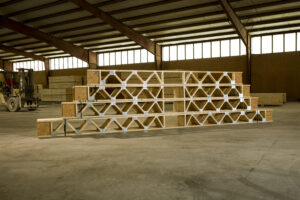
Engineered wood products have made incredible strides in functionality and affordability—and not a moment too soon. As concerns around energy prices and climate change grow, more buildings will be expected to achieve “net zero” energy consumption goals. Engineered lumber makes it easier to hit those goals, and its carbon capture storage capabilities mean it’s a sustainable building material option. If you’re a contractor looking to use more engineered lumber in your projects – or a dealer looking to offer these products—reach out to BPI’s team of experts today.


